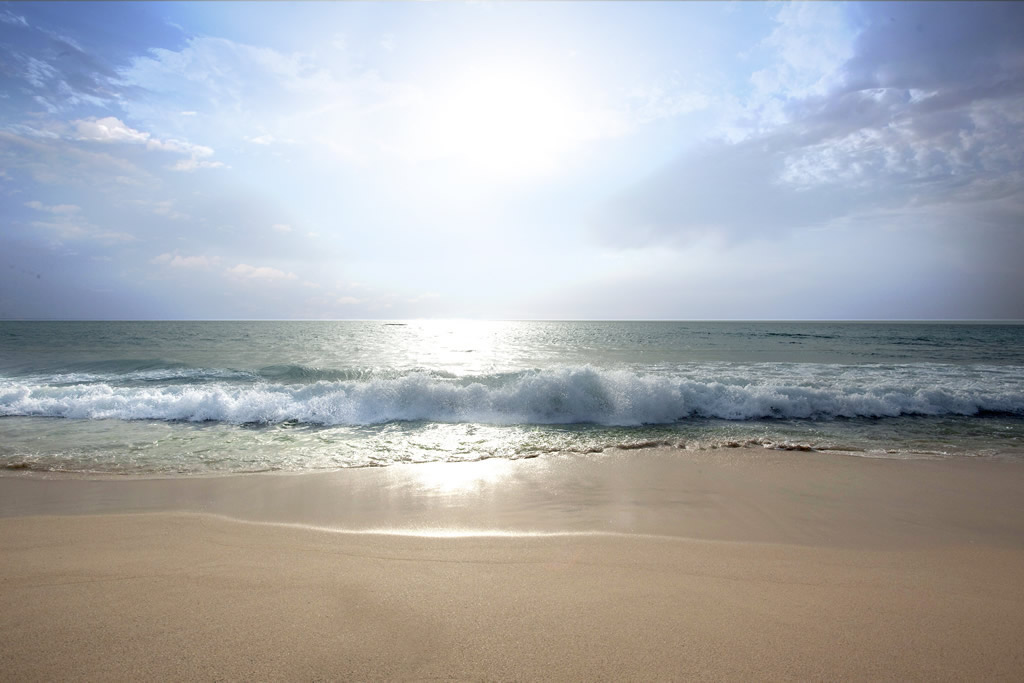Sal Island: beaches, wind, and easygoing days
Warm water, long sands, and simple logistics for a relaxed beach break
Sal at a glance, what to expect
Sal is the easy beach choice in Cape Verde. Long sandy bays, reliable sun, and a town that is set up for visitors make it simple to plan. You come for swimming, snorkeling, kitesurfing in season, and evenings that drift from sunset walks to small restaurants. Use Sal as a single island break or pair it with Santiago or São Vicente for variety.
At a glance
-
Best for: beach time, watersports, winter sun
-
Main base: Santa Maria, walkable, many stays and eateries
-
Quiet corners: Ponta Preta and east coast beaches, mind currents
-
Watersports: kitesurf and windsurf in season, schools along the bay
-
Logistics: most international flights arrive on Sal in peak months
-
Families: calm sections in sheltered coves, easy transfers

Why visit Sal
The island is about uncomplicated beach days. The water is warm, the sand is soft, and the town is friendly and compact. Off the beach, you can explore small salt flats and low dunes, take a simple boat trip, or just enjoy a slow lunch with a sea view.
-
Reliable sunshine and swimmable bays
-
Easy airport transfers and a short learning curve
-
A good mix of relaxed apartments and resort hotels
Who it suits
-
Couples, for slow mornings, walks, and dinner by the water
-
Families, for practical stays near the beach and simple activities
-
Watersports lovers, for kitesurf and windsurf seasons
-
Remote workers, if you choose an address with proven broadband
Where to stay, areas explained
Santa Maria, the classic base
Walk to the beach, cafés, dive and kite schools. Most services are here. Choose central for ease, choose the edges for calmer nights.
See places in Santa Maria
Ponta Preta side, quieter sands
A short hop from town, wider beaches, fewer crowds. You will use taxis or a rental for dinners.
Stays near Ponta Preta
Near the pier and boardwalk
Lively in season, steps to the water, good for short breaks. Expect music at night.
Hotels by the pier
Away from town, resort style
Self contained stays with pools and beach clubs. Check shuttle schedules and internet speed.
Top things to do
-
Morning swim and beach walk on Santa Maria bay
-
Sunset on the boardwalk, simple and perfect
-
Day trip to quieter east coast beaches, mind currents and take water

When to go
December to April is busiest, with strong sunshine and more watersport action. May to July is calmer with good value. August to October brings warm seas, some haze or showers. Choose sheltered beaches on breezier days.
Getting there and around
Most international flights arrive on Sal in peak months. Keep a buffer if you connect to another island later in your trip. Taxis are easy, car hire is useful for east coast exploring. Roads are simple, drive with care for sand on the asphalt and crosswinds.
Real estate and rentals, short snapshot
Sal suits buyers who want a lock up and go apartment by the beach with the option of light rentals. Buildings and management standards vary, so check title, condo rules and internet plan at the exact address. For the full process and costs, see the Cape Verde buying guide:

Living basics
Healthcare is available in town, with private clinics on the island. Internet speeds differ by building, ask for a live speed test. Cash is useful for taxis and markets, cards are common in hotels and larger restaurants. Greet people politely, expect an easy pace, and carry water and sun protection.
Mini itineraries
3 days, feet in the sand
Day 1, arrive, check in near Santa Maria, sunset on the boardwalk.
Day 2, beach morning, watersport session, dinner by the sea.
Day 3, short island drive, lunch, last swim, departure.
5 days, beach plus a little exploring
Day 1, arrival and walk.
Day 2, kitesurf or snorkel, café time.
Day 3, east coast beaches, photo stops, bring snacks and water.
Day 4, boat trip or sailing, relaxed evening.
Day 5, slow morning, market, departure.
FAQ
Are beaches safe for swimming
Yes in many areas, always ask about currents and follow local advice.
Do I need a car
Not in Santa Maria, taxis work well. Rent a car for a day if you want to explore.
Is the wind strong all year
It varies by season. Ask schools about lesson windows if watersports are your focus.
Is the island good for kids
Yes, choose a stay close to the beach and carry sun gear and snacks.
Can I work remotely
Choose accommodation with a proven broadband plan and test a video call on arrival.
How we help
We match you with the right area and stay on Sal, organize transfers and simple day trips, and, if you are scouting for a purchase, we combine neighborhood previews with a short real estate shortlist.
Explore next:
• Compare islands
• Boa Vista island
• Living and investing in Cape Verde

